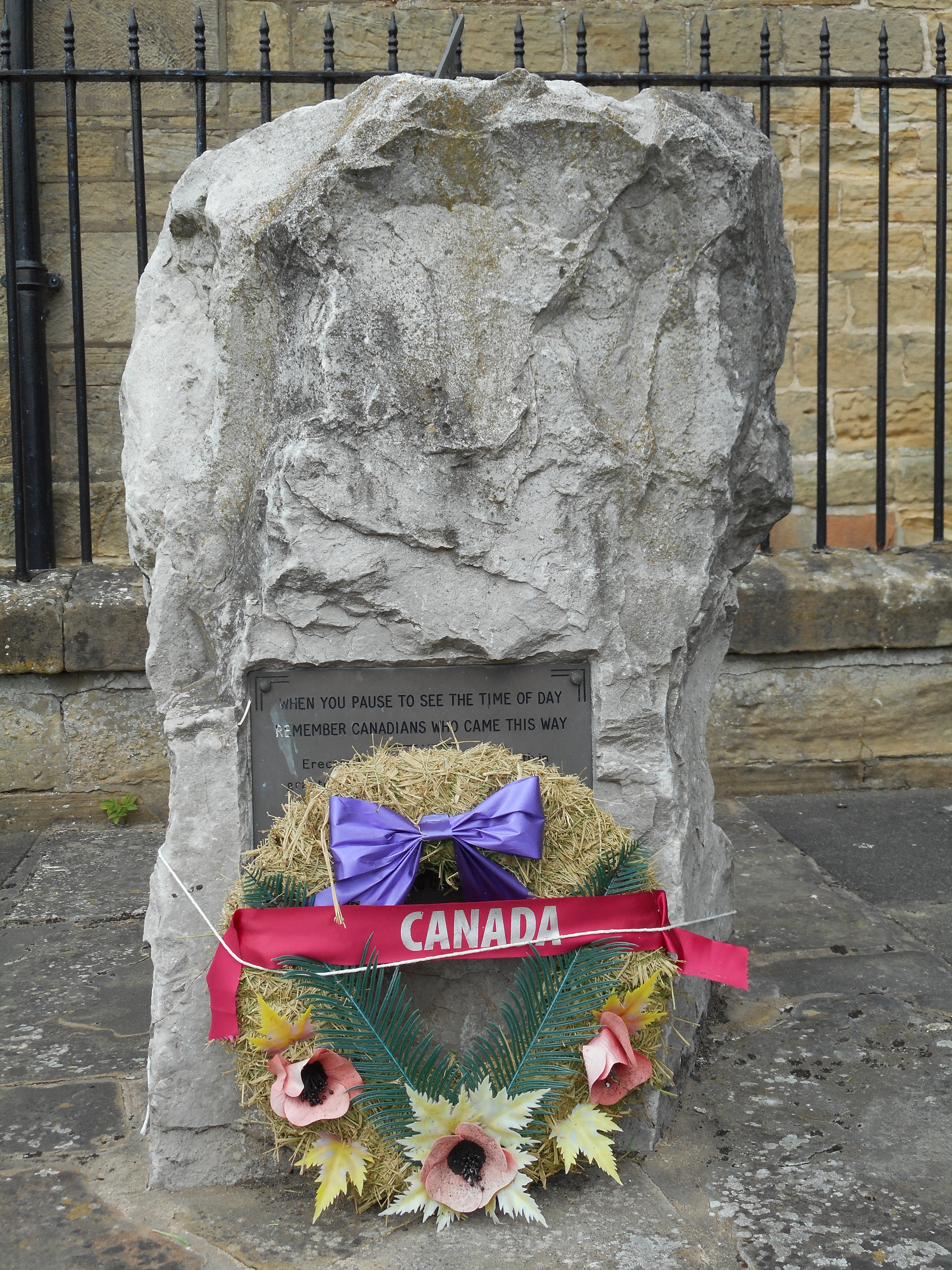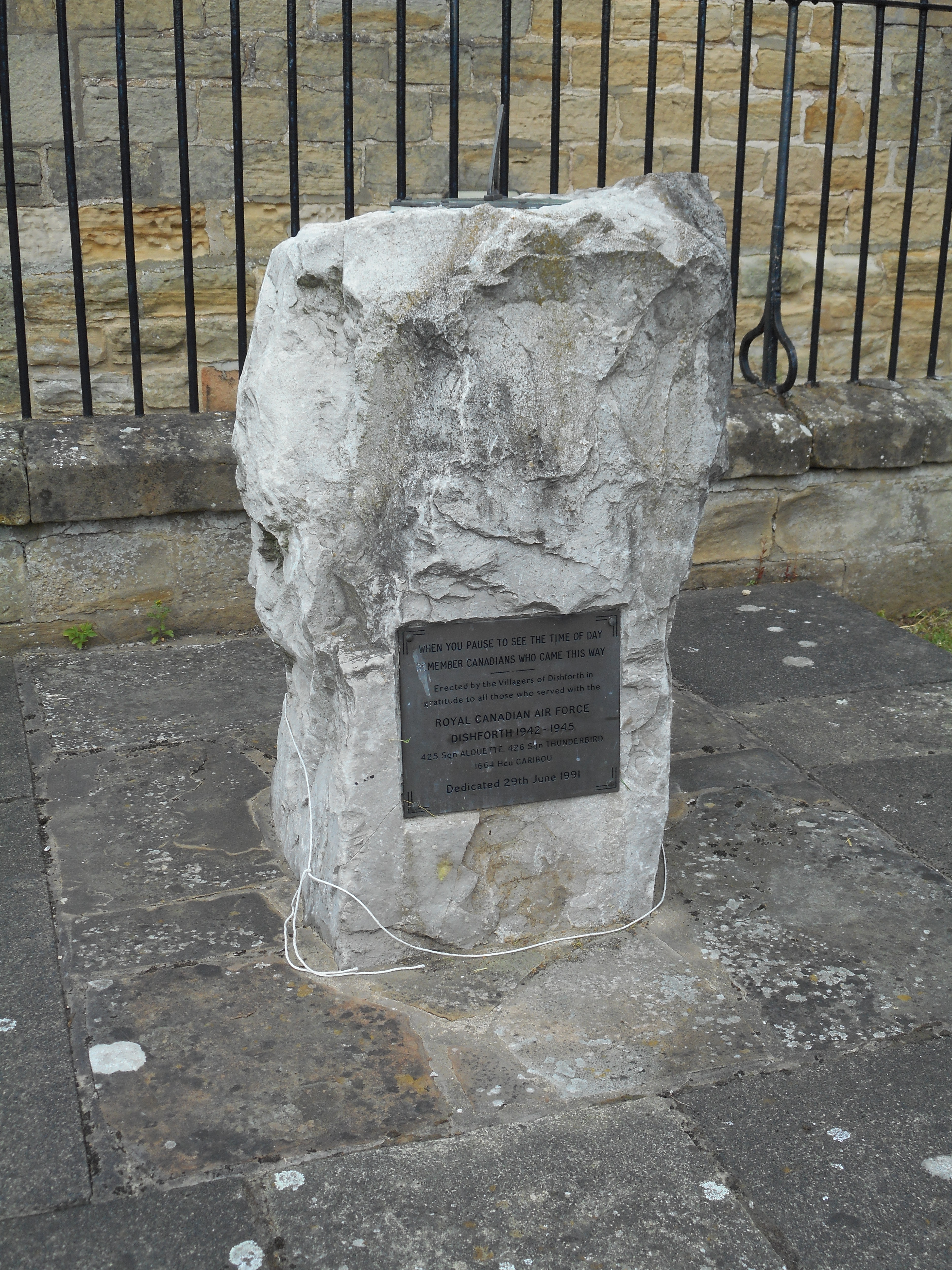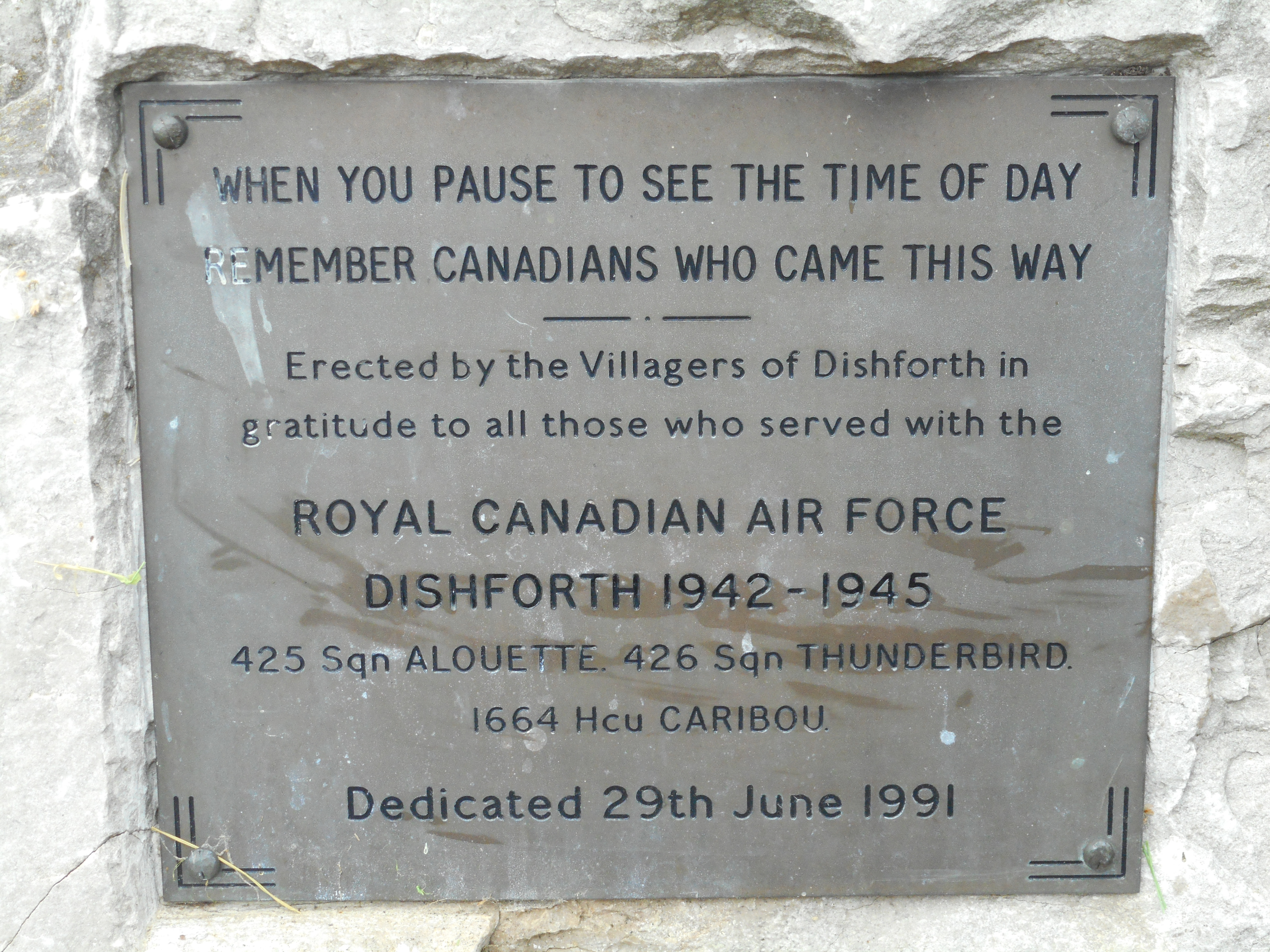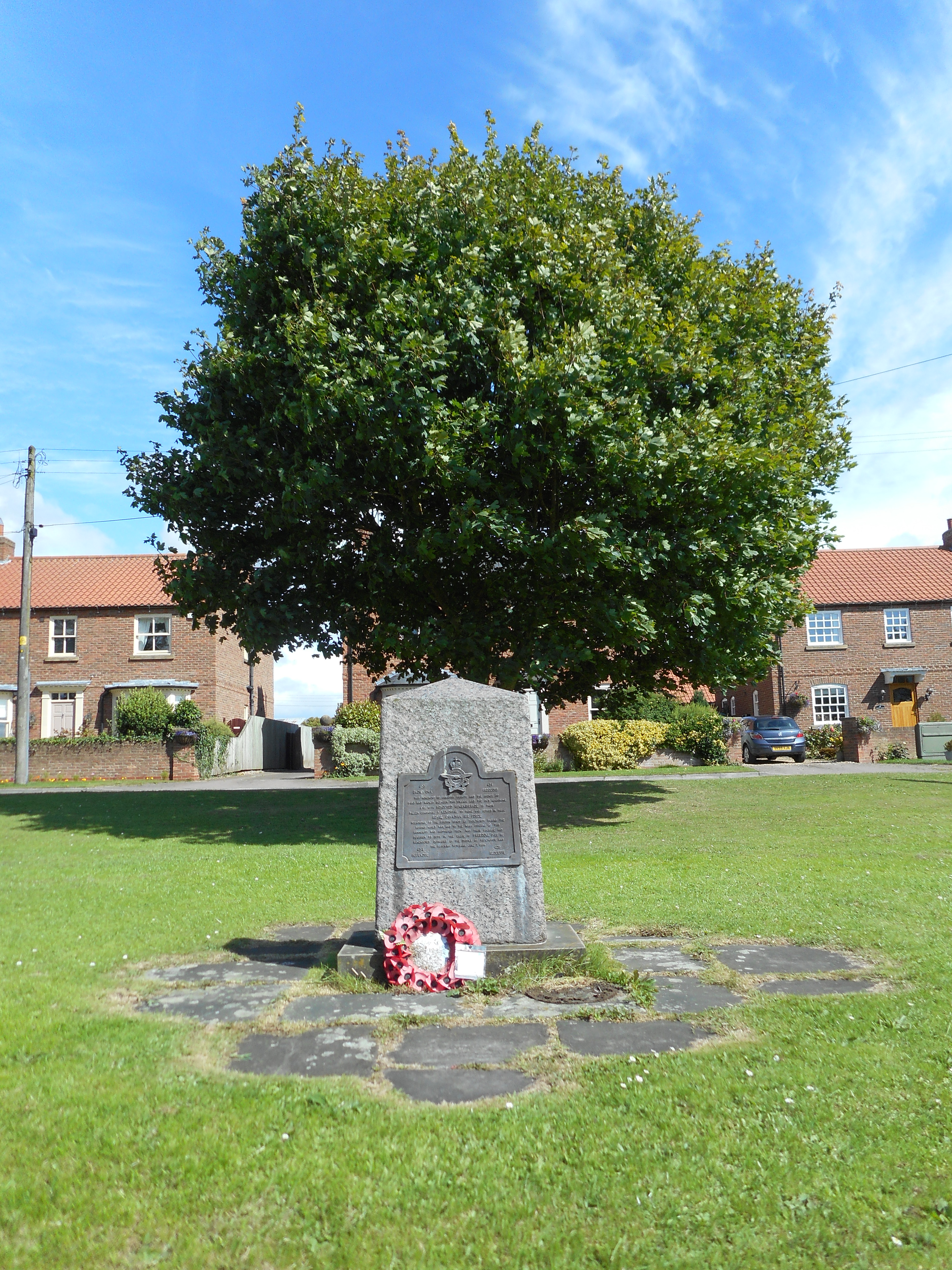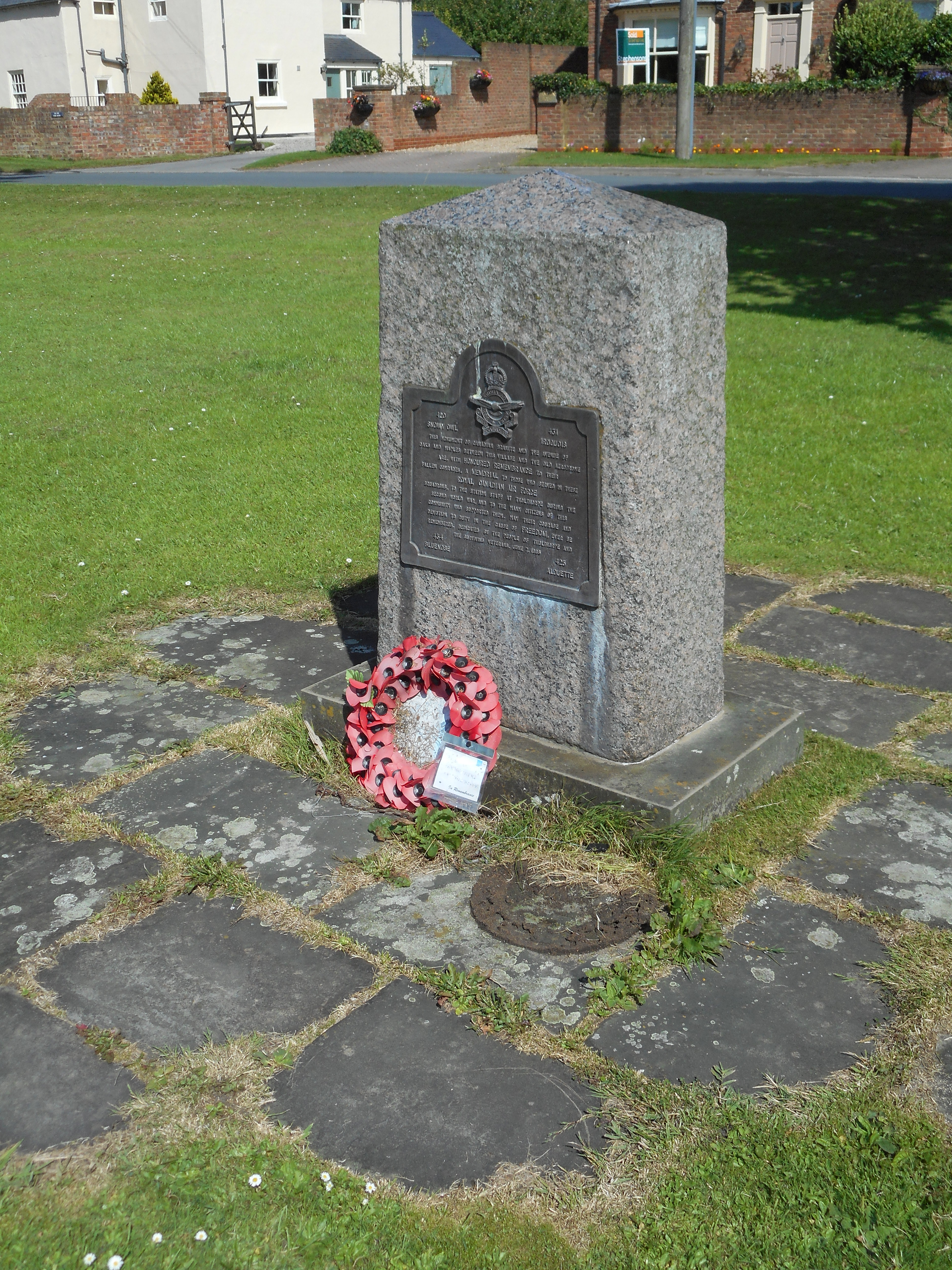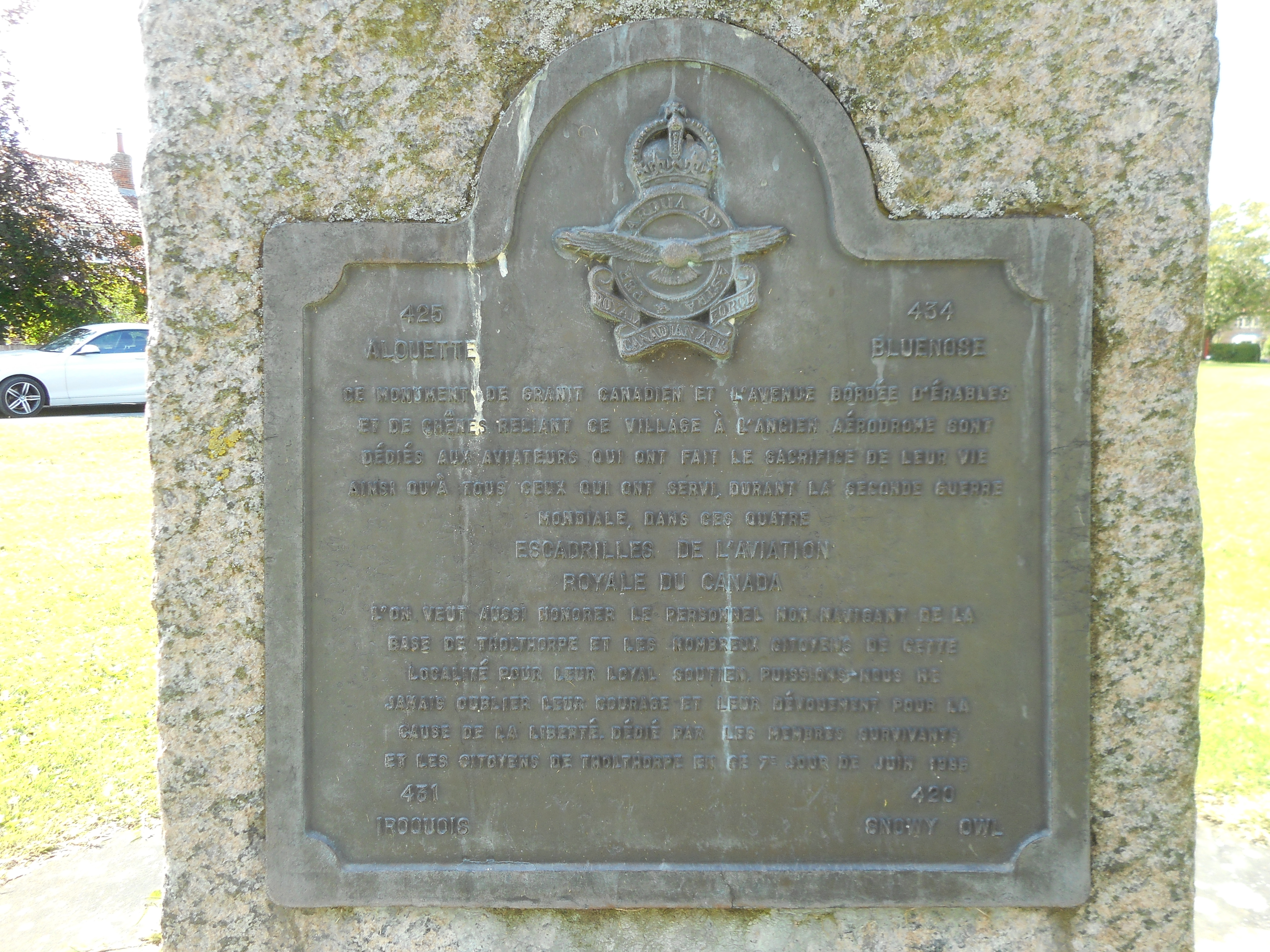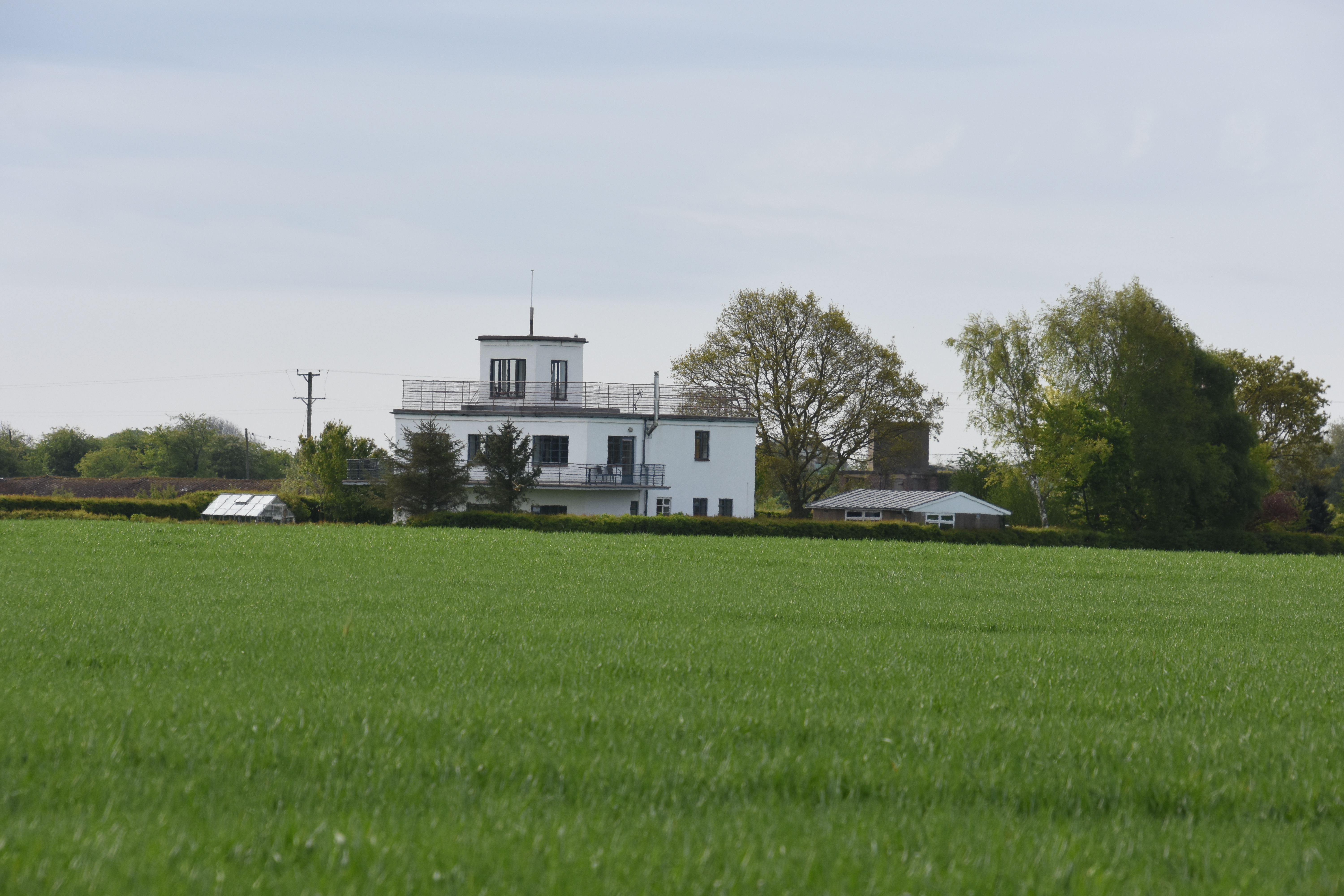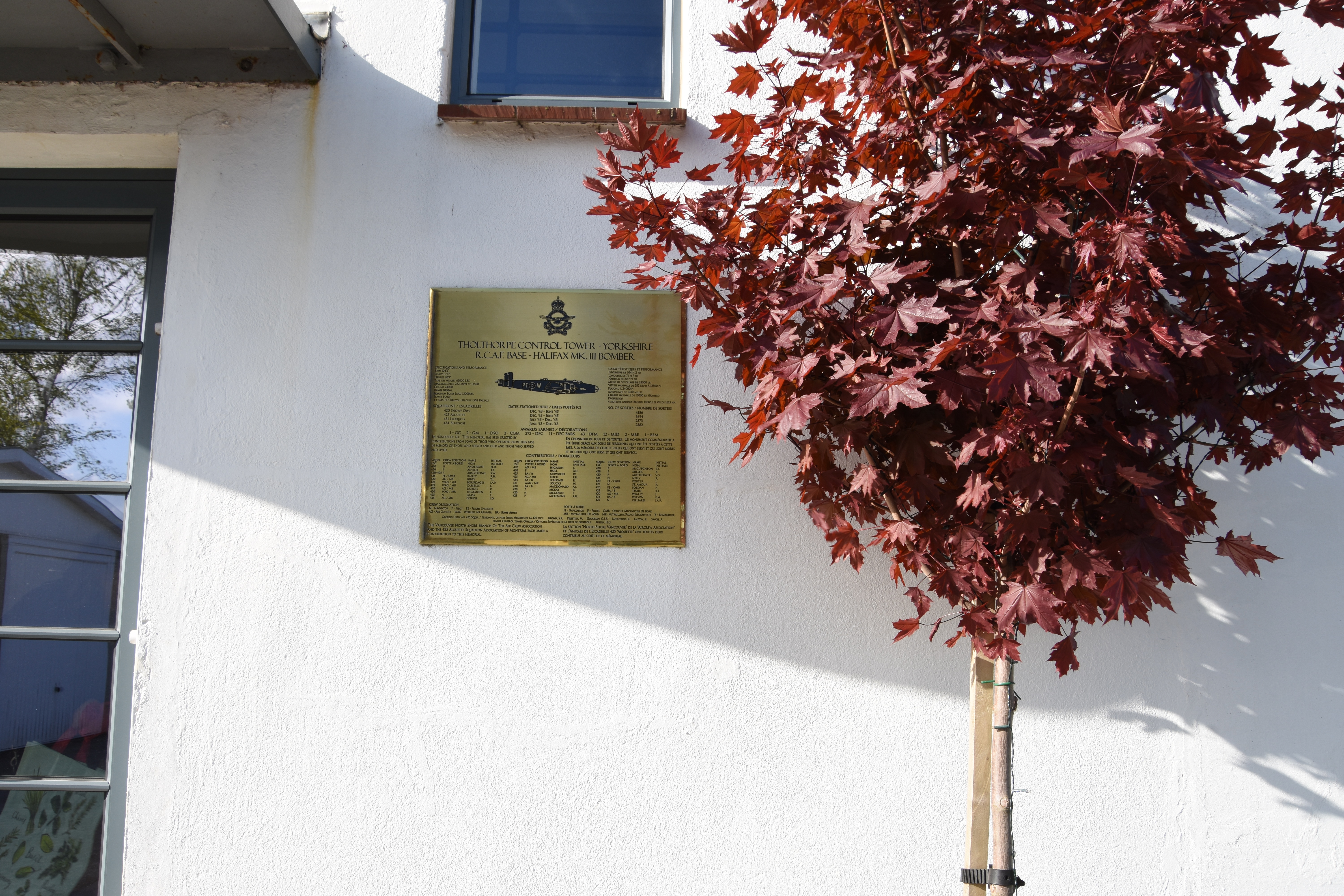Poulos, Paul
Personal Information
| Rank | P/O |
| Forename(s) | Paul |
| Surname | Poulos |
| Gender | M |
| Age | 20 |
| Date of Death | 29-07-1944 |
| Next of Kin | Son of Denis and Margaret Poulos, of Toronto, Ontario, Canada. |
Aircraft Information
| Aircraft | Handley Page Halifax III |
| Serial Number | MZ641 |
| Markings | LW-K |
Memorial Information
| Burial/Memorial Country | United Kingdom |
| Burial/Memorial Place | Runnymede Memorial |
| Grave Reference | Panel 252. |
| Epitaph |
IBCC Memorial Information
| Phase | 2 |
| Panel Number | 227 |
Enlistment Information
| Service Number | J/90954 |
| Service | Royal Canadian Air Force |
| Group | 6 |
| Squadron | 425 (Alouette) |
| Squadron Motto | Je te plumerai (I shall pluck you) |
| Trade | Air Gunner |
| Country of Origin | Canada |
Other Memorials
| Location | Outside Village Hall, Dishforth, North Yorkshire |
| Country | United Kingdom |
| Memorial Type | Memorial Stone and inscribed metal plaque |
| Memorial Text | In memory of the Canadian aircrew of 425 and 426 Sqns RCAF who served at RAF Dishforth, 1942-1945 |
| Location | Village Green, Tholthorpe, North Yorkshire |
| Country | United Kingdom |
| Memorial Type | Memorial Stone, inscribed metal plaque and Maple Tree |
| Memorial Text | A memorial, in French, to those Canadians who served at RAF Tholthorpe during WW2, including 425 Sqn |
| Location | Former Control Tower, Tholthorpe Airfield, North Yorkshire |
| Country | United Kingdom |
| Memorial Type | Inscribed Metal Plaque |
| Memorial Text | A memorial to those Canadians who served at RAF Tholthorpe during WW2, including 425 Sqn |
Commonwealth War Graves Commission
Fellow Servicemen
Please note that this list gives all the losses aboard the quoted aircraft and occasionally these may have occurred on an earlier date when the aircraft was not itself lost. Please check the dates of death carefully.
Last Operation Information
| Start Date | 28-07-1944 |
| End Date | 29-07-1944 |
| Takeoff Station | Tholthorpe |
| Day/Night Raid | Night (56% moon) |
| Operation | Hamburg. 307 aircraft. German night-fighters appeared on the return leg leading to 22 losses (7.2%). This was the first raid on Hamburg for a year and was not well concentrated. The Germans were unable to determine the aiming point from the bombing results. Most of the bombs fell on areas devastated during 1943. |
| Reason for Loss | Lost without trace |

